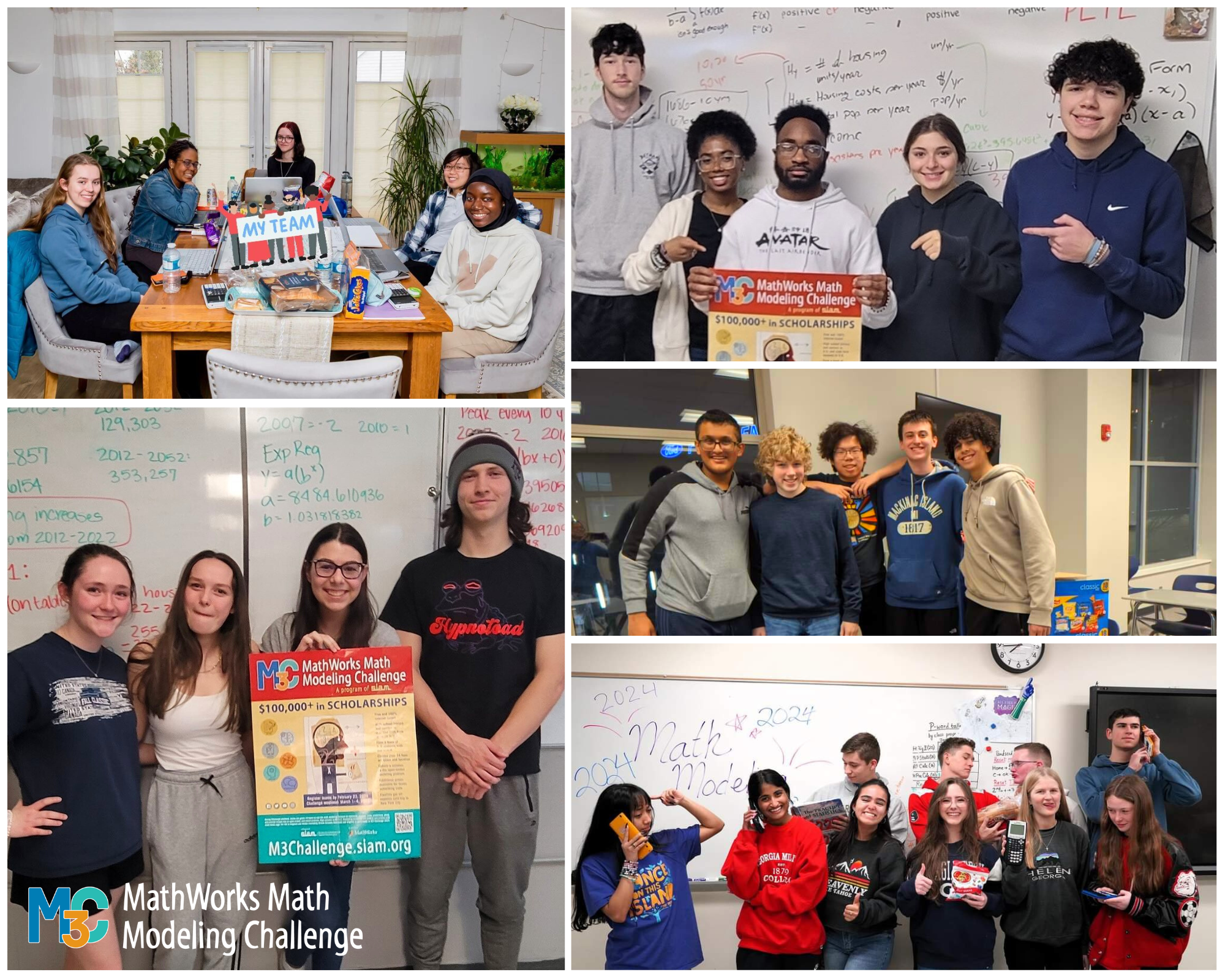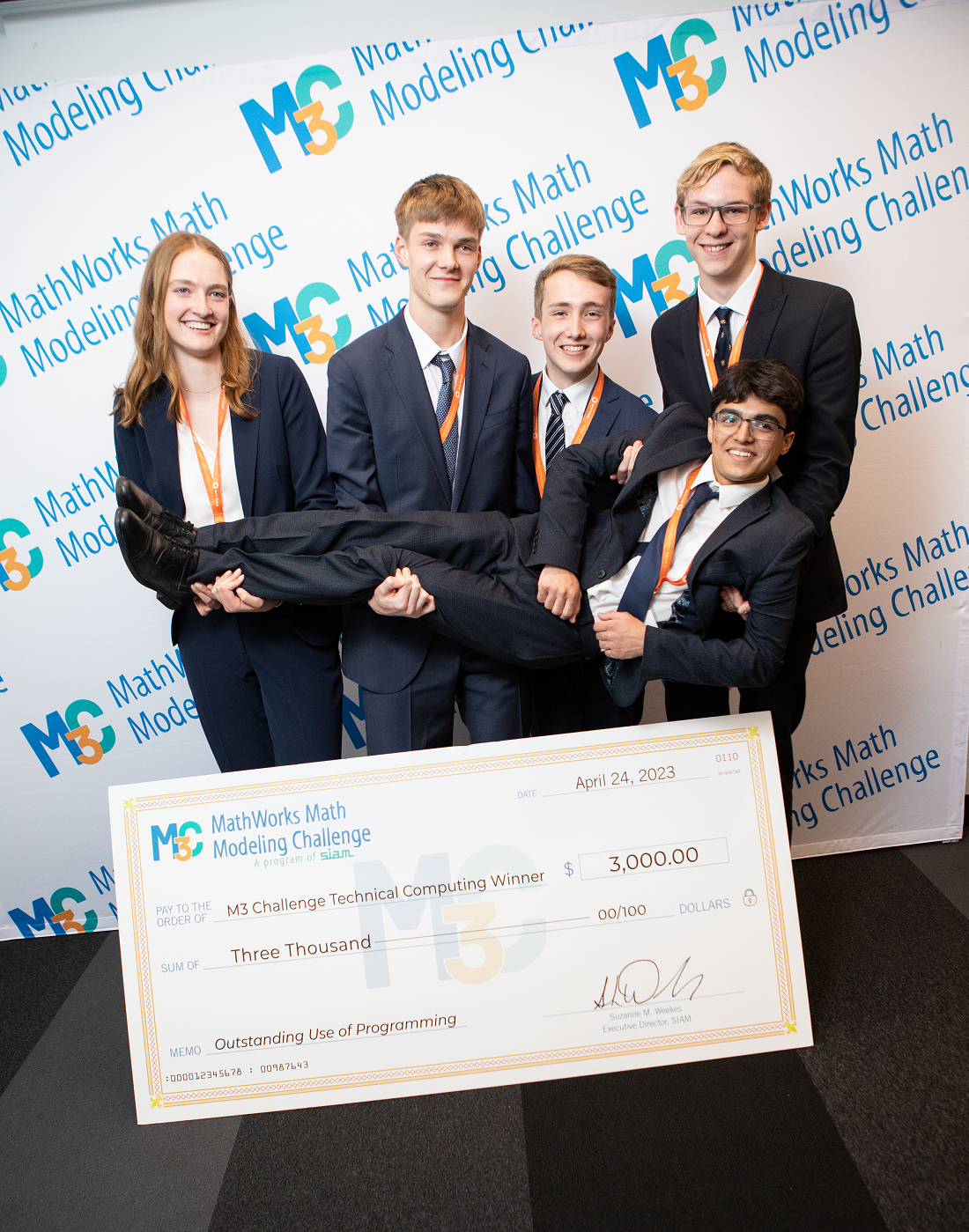Judge Commentary
Kelly Black, Ph.D., Department of Mathematics, Clarkson University
The questions participants explored for the 2014 Moody Mega Math Challenge revolved around the Healthy, Hunger-Free Kids act of 2010. The teams were asked to address three tasks: determine caloric needs of an individual, determine the distribution of caloric needs across a large population of people, and determine a way to construct a plan to meet students’ caloric needs. Their submissions were to be in the form of a report to the US Department of Agriculture. Judges were asked to evaluate each team’s entry based on how they addressed the three tasks.
Every year that I have been involved in this event I have seen remarkable growth in the teams’ ability to express and evaluate the models that they construct. This trend continued this year, and the advisors and teachers who worked with the student teams deserve great praise for their efforts. Our hope is that this event provides a goal on which students can focus their energies as well as a context for advisors and teachers to work with students to explore a range of activities associated with the modeling process. When we see the fruits of these efforts we feel joy in the results and are proud of the dedication of the teams and their coaches.
We hope to give you feedback as to how we see the fruits of your efforts, and I will address three aspects of the papers submitted this year. The first topic is the summary, which is the first thing that is read and is the first impression. The second topic discussed includes a wide variety of issues associated with writing. The final topic is an overview of the modeling process itself, including some personal observations from this year’s event.
This commentary provides one small snapshot of observations. There are many topics that are not covered, nor are the specifics about the judging activities included. I highly recommend that the commentaries from previous years be reviewed. Many important topics have been purposely omitted here because they have been included in previous commentaries that are available to you.





